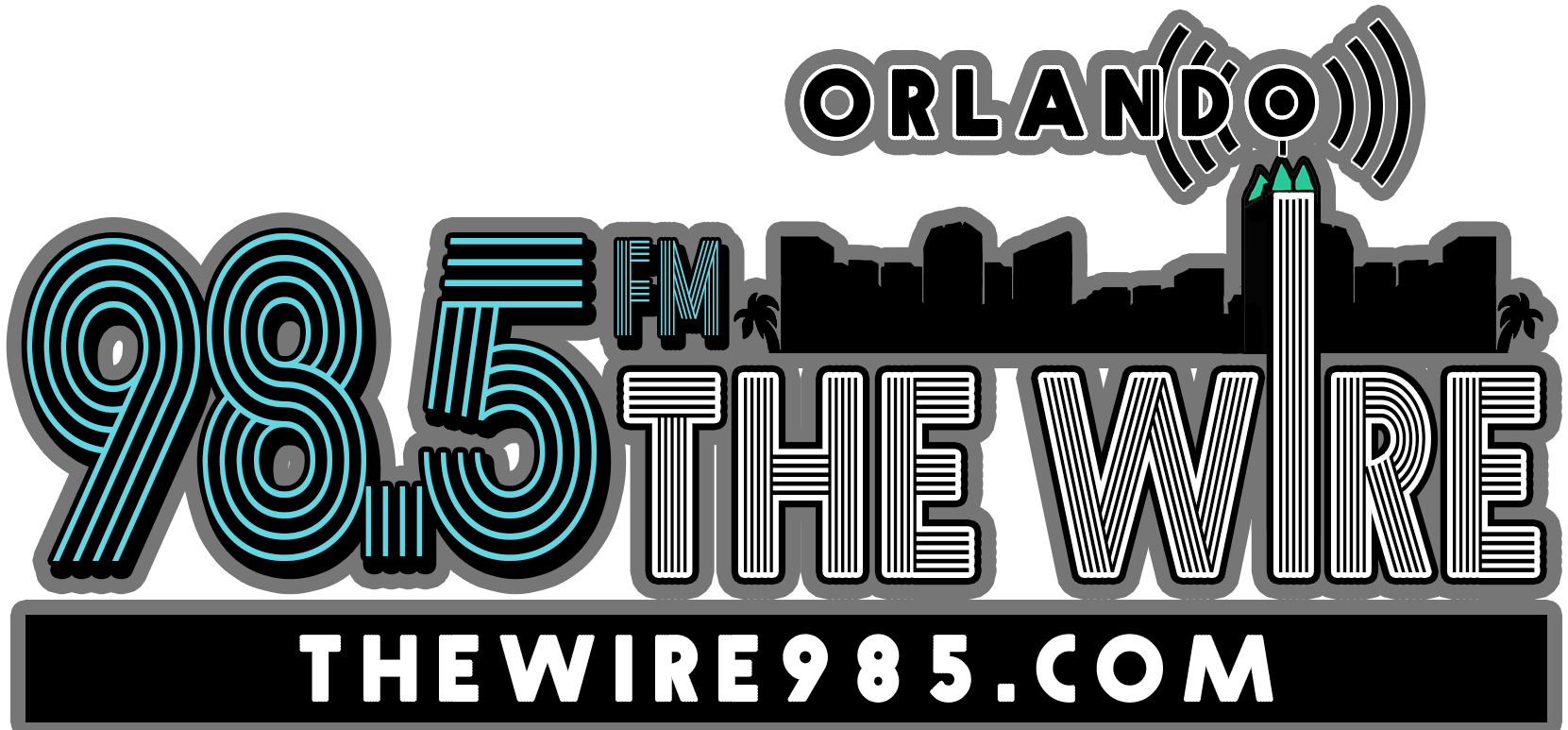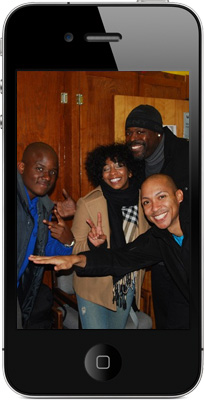
The recent execution in Texas of a racist, white supremacist murderer provides a smidge of hope for long-deserved justice and could be a long-awaited signal towards an end to racism. However, the death of one man does little to correct the extensive history and current trend of racial injustices that continue to plague America.
John William King, 44, was executed over two decades after the gruesome murder of James Byrd Jr., a Black man chained by King and his co-accused to the back of a pickup truck and dragged for over 130 miles. Byrd was reportedly still alive for the first two miles of the assault.
While many oppose the death penalty, it is also important to acknowledge that it is outlawed only in 11 states and Black suspects, in similar situations, are typically the ones killed. Many would agree that King’s execution would have come much earlier if he had been born a Black man convicted of heinously murdering a white person in this way.

Earlier this month, Black Georgia inmate Scotty Garnell Morrow was executed for the murders of two women in 1994. In spite of a fewer number of death-penalty sentences in Georgia, Black people have formed a disappointedly large number of defendants executed since 1976.
READ MORE: Black YouTuber outs app for using her as ‘token Black girl’ on trip
There’s no surprise that the criminal justice system in this country is skewed against Black suspects. Research by the Death Penalty Information Center indicates that over 94 percent of prosecutors are white, so it just makes sense then that Black defendants are killed by legal execution more than whites for similar crimes.
A similar study from the University of Washington shows that jurors in Washington “were four and one half times more likely to impose a sentence of death when the defendant was Black than they were in cases involving similarly situated white defendants.”
Nationally, of the convicts executed since 1976, 34.5 percent were Black, 8.3 percent Latino, and 55.6 percent white. Black people, who only form 13.4 percent of the U.S. population, constitute 41.5 percent of death-row convicts, proving beyond a shadow of a doubt that the system is racist.

Honesty, I’ve been cushioned from such overt racism as a professor at an elite American university in the urban Midwest. But, even at my workplace, there have been several racially charged incidents recently where a noose was found at the gym on campus and signs inscribed with the words, “It’s Okay to Be White” were found in various buildings on campus. Earlier this month, a professor received an anonymous email that was described to me as “racist” and to have explicitly targeted the professor’s work as an educator.
READ MORE: Church shooter seeking revenge over Charleston massacre convicted of first-degree murder
To a Black, Kenyan immigrant like myself, these acts of hate can sometimes appear as ill-advised expressions of mischief, but as an African American, I imagine these acts are often overt endorsements of white supremacy that have no place in a university setting—or anywhere for that matter.
While a noose clearly conjures images of the lynching of Black people, the “It’s Okay to Be White” slogan has recently been tagged as a mantra of the neo-Nazi movement. The sole intention here is to make Black members of the community feel unsafe.
“Every time I get a taxi, I have to ask them whether they will take me because I’ve got into taxis and then taxi drivers have refused to take me.” Nyadol Nyuon says the ‘it’s ok to be white’ motion, diminishes the experience of real racism #TheDrum pic.twitter.com/VN44BEo6Bk
— ABC The Drum (@ABCthedrum) October 16, 2018
I’m thinking if this can happen in an elite institution, it goes to show that racism is a scourge that continues to unfortunately be secretly endorsed.
To be sure, various forms of discrimination are found in many parts of the world, including my native Kenya, where ethnicity and such petty things as a man’s foreskin can determine the direction of national politics.
Most Kenyan ethnic communities circumcise their men, while some do not. Ethnic voting blocks are formed around whether the candidate is circumcised and if he is not, forcible circumcision is common during the ensuing electoral violence.
Racism and bias, whether overt or disguised, just feels so innately ingrained in American lifestyles and has seeped its way into spaces where I’ve least expected it.
For example, I have been asked during job interviews about my sexual orientation and details about the number of children I was assumed to have. This is personal information that a job candidate can volunteer to disclose, but not be forced to answer and I suspect my white colleagues have rarely experience the same.
Usually, I quietly laugh away this type of questioning since it’s probably coming from other professors who are overall well-meaning, but have zero training in diversity and inclusion in the workplace. It does make me fear the consequences for those young, Black queer candidates who must appear before such a panel of powerful but ill-informed fools.
I teach African literature, most of which is about race and the need for different communities to live and relate to one another harmoniously. Sometimes I wonder if I can make any impact in a society that is so reluctant to abandon its racist past. This is why I believe that America needs an intense lesson on how to combat the disease of racism in order to stop it from spreading.
The plan to remove a confederate monument in Georgetown, Texas, and the newly opened American Civil War Museum in Richmond, Virginia, are a step in the right direction. They represent the continuing struggles with the legacies of slavery and racism in this country at a time when there are still people who believe in the “Lost Cause of the Confederacy,” a movement that, among other things, tries to trivialize the atrocities of slavery.
Given the depth of racism seeming to arise from many corners of the country, institutions need to train their faculty, administration, and employees in ways of combating all forms of hate.
“Sometimes I wonder if I can make any impact in a society that is so reluctant to abandon its racist past.”
Yet, when available, these training sessions are typically populated by racial and gender minorities. They are not the members of the institutions who are most in need of how to respond to racist and misogynistic actions and impulses.
There is no simple answer to eradicating bigotry. Racism pervades all systems in this country including criminal justice, education and the economy. However, fair treatment, fair pay and fair access to safe spaces are at the very least good places to start.
READ MORE: OPINION: ‘They’re just prisoners right, so why should we care?’
As an African immigrant with great faith in the potential changes to race relations in America, it is my wish that the elimination of racism would happen here in my lifetime, achieved in more than fits and starts and isolated acts of resistance to prejudice.
I also hope to lead by example and condemn practices of racism, even when doing so might be risky. I will always remind anybody willing to listen that the progress of ideas and justice should not be restricted by color and race, but instead, enhanced by them.
Evan Mwangi teaches African Studies, English, and Gender Studies at Northwestern University, where he is a Public Voices Fellow through The OpEd Project.









More Stories
Black College Students Receive Racist “Pick Cotton” Texts – Vibe
How Asha Abdul-Mujeeb, a Black digital archivist, is preserving HBCU history – Reckon
10 Finalists Announced For The 2025 Music Educator Award – The GRAMMYs